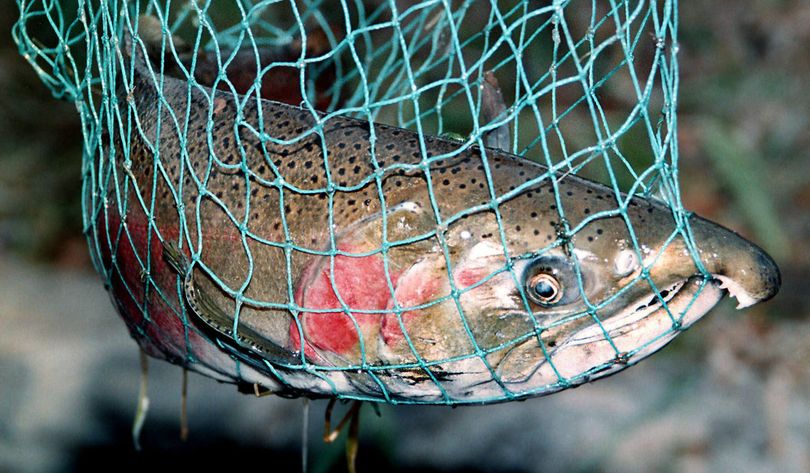Low coho returns could hamper other salmon fisheries

FISHING – Another good return of hatchery chinook salmon to the Columbia River is forecast this year, but expected low returns of coho could put a damper on salmon fisheries in the river, along the coast and in Puget Sound.
Forecasts for chinook, coho, sockeye and chum salmon, which were developed by the Washington Department of Fish and Wildlife (WDFW) and treaty tribes, were released Tuesday at a public meeting in Olympia.
The forecast meeting marks the start of developing 2016 salmon-fishing seasons in Puget Sound, the Columbia River and Washington coastal areas. Fishery managers have scheduled a series of public meetings through early April before approving seasons later that month.
Here's more from the Fish and Wildlife Department:
Salmon fisheries will be constrained in several areas this year because of low returns of wild and hatchery coho, said John Long, salmon fisheries policy lead for WDFW. The forecast of about 256,000 Puget Sound coho, for example, is about one-third the size of the run predicted in 2015.
Farther south, about 380,000 Columbia River coho are projected to return this year, roughly half the number forecasted to return in 2015. Only 242,000 coho actually returned last year to the Columbia River, where some coho stocks are listed for protection under the federal Endangered Species Act.
“Unfavorable ocean conditions led to fewer coho salmon returning last year than we anticipated,” Long said. “We expect to see another down year for coho in 2016 and will likely have to restrict fishing for salmon in a variety of locations to protect wild coho stocks.”
In addition to a poor coho return, this year’s Puget Sound chinook run is anticipated to be down from last year with about 165,000 fish returning. Hatchery fish make up the bulk of the run.
There are a few bright spots this year, however, including Columbia River chinook and Puget Sound sockeye. Roughly 55,000 sockeye are expected to return to the Baker River (a tributary of the Skagit River), making sockeye fisheries in Baker Lake and the Skagit River a possibility, Long said.
In the Columbia River, about 951,000 fall chinook are expected to return, which is higher than the 10-year average but down from last year’s record run of 1.3 million fall chinook. Roughly 60 percent of the chinook anticipated this year – or about 589,000 salmon – is expected to be “upriver brights” headed for areas above Bonneville Dam.
About 223,000 hatchery chinook are expected to return this year to the lower Columbia River, down slightly from last year. Those salmon, which are known as “tules,” are the backbone of the recreational ocean chinook fishery.
The public is encouraged to participate throughout the salmon season-setting process by attending public meetings and providing feedback online about proposed fisheries, Long said.
“We’re going to have to be creative in order to provide fisheries in some areas this year,” Long said. “We would appreciate input from the public to help us establish priorities.”
An online commenting tool, a meeting schedule, salmon forecasts and information about the salmon season-setting process are available on WDFW’s website.
